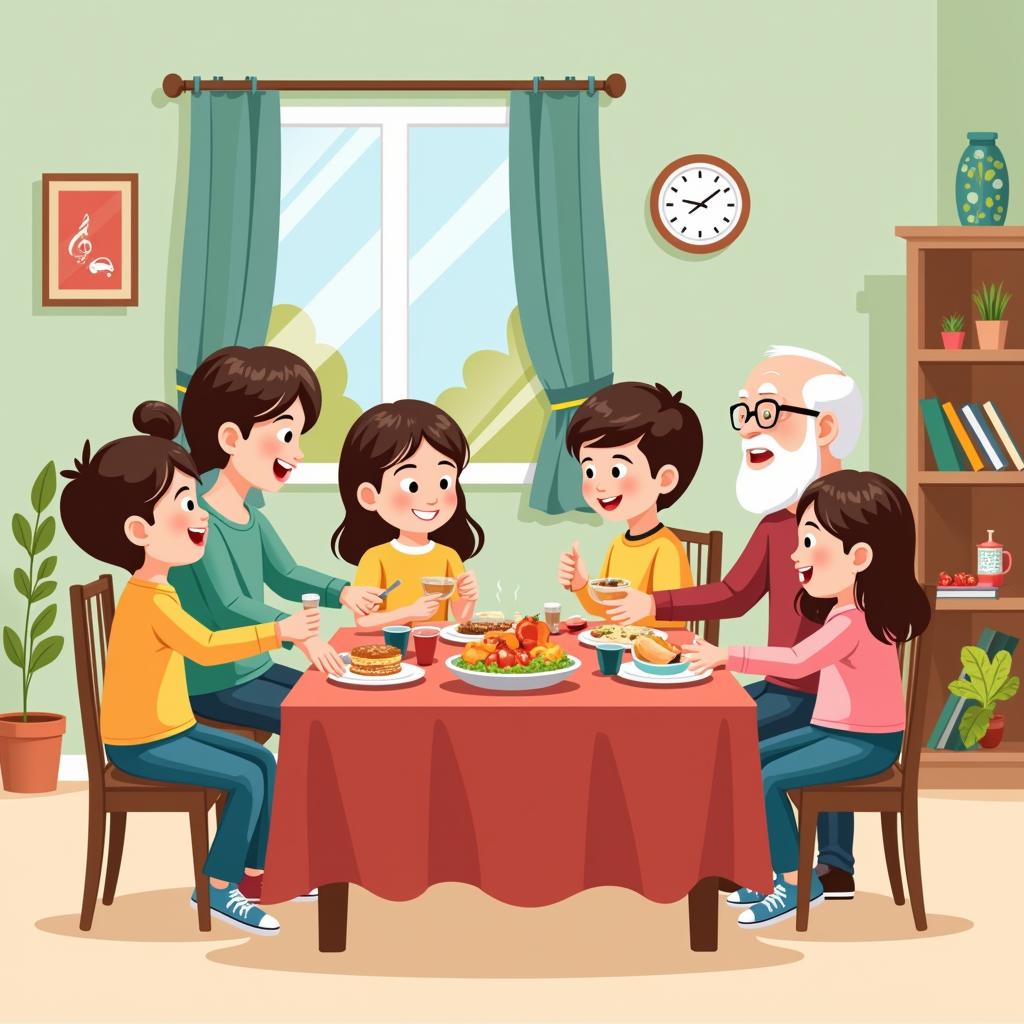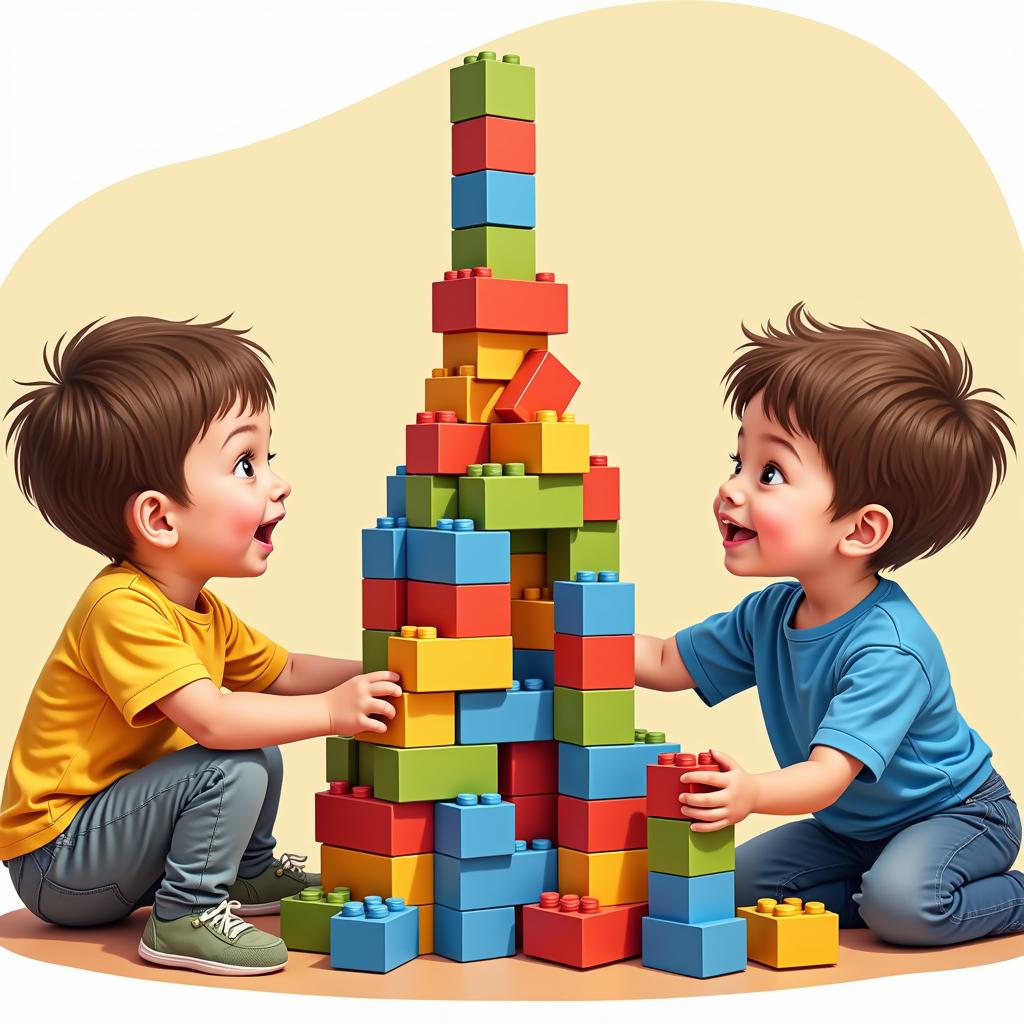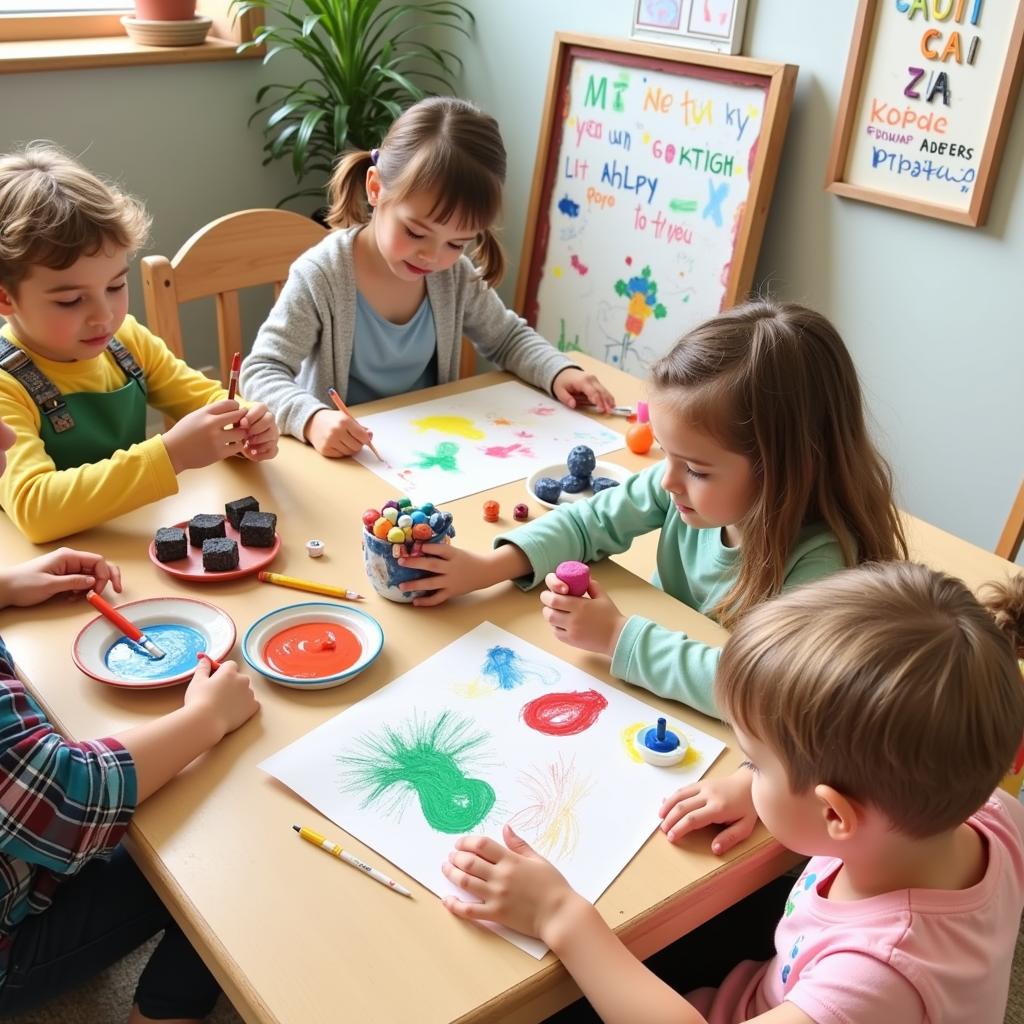“This learning corner is so much fun!”, “I love playing in the construction corner the most!”,… These innocent words from children are proof of the appeal of preschool learning centers.
What are Learning Centers?
Have you ever wondered why young children are so interested in learning center activities in preschool? Learning centers are an effective early childhood education method that encourages creativity, exploration, and comprehensive skill development for children.
Benefits of Learning Centers
Learning centers offer numerous benefits for children’s development, helping them:
- Develop self-directed learning: Children are free to choose their favorite learning corner, explore, learn, and practice in their own way.
- Cultivate life skills: The kitchen corner helps children learn to cook, the construction corner develops logical thinking and problem-solving skills, and the art corner fosters creativity.
- Learn through experience: Learning centers provide opportunities for children to learn from real-life experiences, helping them remember longer and apply knowledge to life.
- Enhance communication and collaboration skills: Learning corners are places where children interact with each other, solve problems together, and practice communication and teamwork skills.
Common Types of Learning Centers in Preschool
Role-Playing Corner
Role-playing corners help children develop imagination, communication skills, and learn about different roles in life.
 Children engaging in role-playing in a preschool learning center, fostering imagination and communication skills
Children engaging in role-playing in a preschool learning center, fostering imagination and communication skills
Construction Corner
Construction corners help children develop logical thinking, problem-solving skills, and hand-eye coordination.
 Children playing with building blocks in a construction corner at preschool, developing logical thinking skills
Children playing with building blocks in a construction corner at preschool, developing logical thinking skills
Art Corner
Art corners help children develop creativity, imagination, and fine motor skills.
 Children creating artwork in an art corner in preschool, enhancing creativity and imagination
Children creating artwork in an art corner in preschool, enhancing creativity and imagination
How to Organize Effective Learning Center Activities
To ensure learning center activities are highly effective, consider the following factors:
- Build age-appropriate learning centers: Choose themes and materials that match children’s learning abilities.
- Create a safe and engaging learning environment: Prepare safe materials and tools, and design visually appealing learning corners that attract children’s attention.
- Support and guide children: Teachers should observe, support, and guide children throughout their learning process.
- Assess and provide feedback: Teachers need to evaluate the outcomes of learning center activities and provide appropriate feedback to help children absorb lessons effectively.
Important Considerations When Organizing Learning Centers
According to Professor Nguyen Van A, Director of the Institute for Research in Early Childhood Education: “Learning center activities should be organized flexibly, tailored to children’s abilities and needs, helping them maximize their potential.”
- Do not force children to participate in a learning center: Children should be free to choose their favorite learning corner.
- Create conditions for children to freely create: Do not limit children’s ideas; let them explore and create freely.
- Always observe and support children: Teachers need to observe, support, and guide children during the learning process, ensuring their safety and comprehensive development.
Conclusion
Learning centers are an effective educational method that helps children develop comprehensively in physical, intellectual, and emotional aspects. Let’s create exciting, colorful, and creative learning corners to help children learn, explore, and play to the fullest!
Want to discover more creative DIY ideas for learning centers? Creative DIY Learning Center Ideas
Want to learn more about important solutions for preschool development? Key Solutions for Preschool Development
Leave a comment below to share your valuable experiences with preschool learning centers!